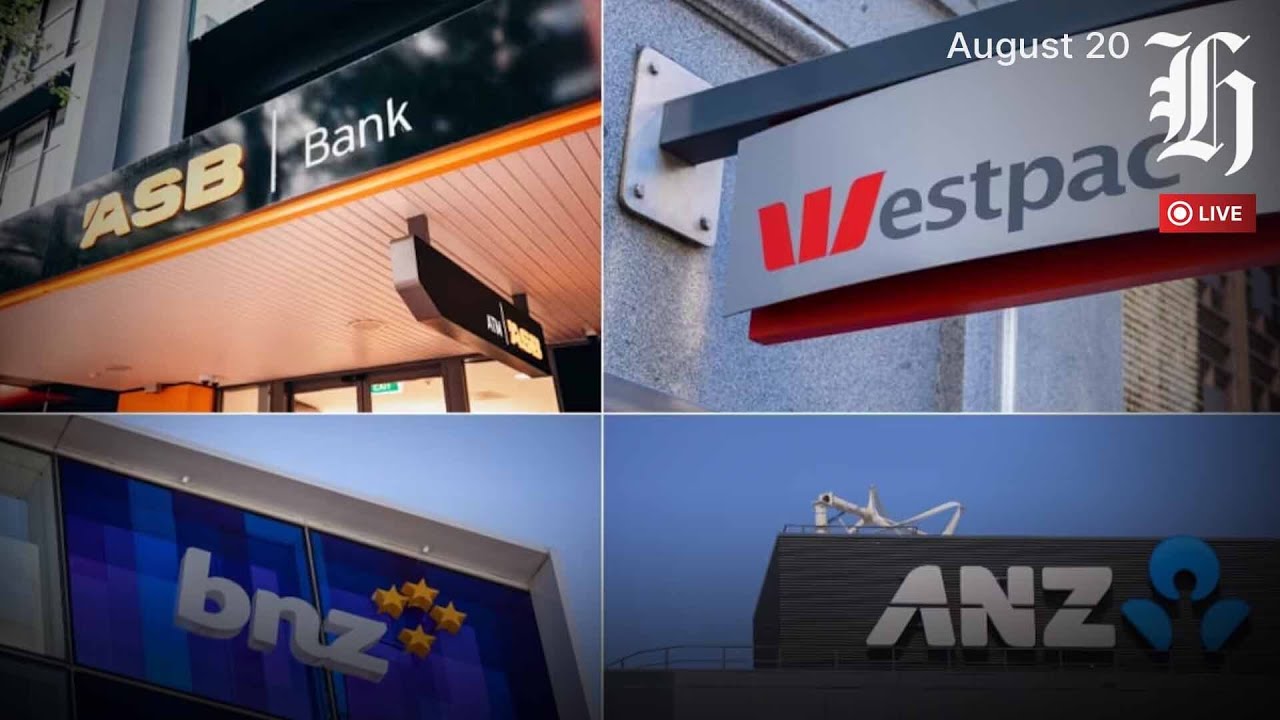India’s Banking Revolution: 4 Big Banks to Merge! | Lookk
Summary
TLDRIndia's banking sector is undergoing a major transformation, with the government planning the merger of four major public sector banks. The goal is to create fewer but stronger, globally competitive banks capable of handling growing credit demands and financial risks. This consolidation aims to improve efficiency, reduce operational costs, and make Indian banks more attractive to foreign investors. However, critics warn that this could create ‘too big to fail’ institutions, posing potential risks. The mergers are set to finalize by 2027, reshaping the future of Indian banking.
Takeaways
- 😀 The Indian government is planning to merge four major public sector banks to create a few larger, stronger financial institutions.
- 😀 The four banks to be merged are Indian Overseas Bank (IOB), Central Bank of India (CBI), Bank of India (BOI), and Bank of Maharashtra (BOM).
- 😀 These smaller banks will be merged with larger banks like SBI, Punjab National Bank (PNB), and Bank of Baroda (BOB).
- 😀 The aim of this merger is to reduce the number of public sector banks in India, from 12 to just 8 by 2027.
- 😀 This merger is part of Modi’s long-term vision to build mega banks capable of supporting India's growing economy and withstand financial shocks.
- 😀 Larger banks like SBI have a stronger capital base and safety buffers (CR ratio) to absorb potential defaults, unlike smaller banks which are more vulnerable.
- 😀 The merger will help banks handle large loans, diversify their operations, and reduce risks associated with regional disasters or sector-specific downturns.
- 😀 Big banks will benefit from a higher CASA (Current Account Savings Account) deposit base, which is cheaper money for them compared to the fixed deposits smaller banks depend on.
- 😀 Merging banks will lead to reduced operational costs, improved efficiencies in manpower, technology, and administration, making them more attractive to foreign investors.
- 😀 India’s credit demand is increasing at a rate of 9-10% annually, and large, consolidated banks are necessary to meet this demand and support economic growth.
- 😀 The vision is to create globally competitive Indian banks that could one day stand shoulder to shoulder with international giants like HSBC and JP Morgan.
Q & A
What is the main focus of the video script?
-The video discusses the Indian government's plan to merge four major public sector banks as part of a larger effort to create a few but powerful 'super banks' that can support the country's growing economy.
Which banks are reportedly being considered for the merger?
-The banks under consideration are Indian Overseas Bank (IOB), Central Bank of India (CBI), Bank of India (BOI), and Bank of Maharashtra (BOM).
When is the merger expected to be finalized?
-The merger could be finalized by the financial year 2027, with the blueprint expected to be ready by March next year.
How many public sector banks will remain after this new merger phase?
-After the merger, India will have only eight major public sector banks, reduced from 27 in 2014 and 12 currently.
Why is the Modi government pursuing another round of bank mergers?
-The goal is to create larger, stronger banks capable of handling big loans, withstanding financial shocks, and competing globally while reducing dependence on government recapitalization.
What is the significance of the Capital to Risk-Weighted Assets Ratio (CRAR) mentioned in the script?
-CRAR measures a bank's financial strength and ability to absorb losses. For example, SBI maintains a CRAR of 14%, higher than the RBI's required 9–10%, indicating strong financial stability.
How do larger banks benefit from having a higher CASA ratio?
-A higher CASA (Current Account Savings Account) ratio provides banks with cheaper funds since they pay lower interest on such accounts, improving profitability compared to banks relying on high-interest fixed deposits.
What economic advantages do large merged banks offer?
-Merged banks can better manage risks through diversification, reduce operational costs, attract foreign investment, and support India’s expanding credit and loan demands.
How could these mergers impact customers?
-Customers may benefit from stronger and more stable banks with better services, though short-term challenges such as branch consolidations or operational adjustments may occur during the merger process.
What long-term vision does the government aim to achieve through these mergers?
-The long-term vision is to build globally competitive Indian banks—institutions capable of standing alongside major international players like HSBC, JP Morgan, and ICBC, while supporting India’s economic growth.
What potential risks or concerns are associated with creating large 'super banks'?
-One concern is that these banks could become 'too big to fail,' creating systemic risks if one of them faces financial trouble. Balancing growth and stability remains a key challenge.
Outlines

This section is available to paid users only. Please upgrade to access this part.
Upgrade NowMindmap

This section is available to paid users only. Please upgrade to access this part.
Upgrade NowKeywords

This section is available to paid users only. Please upgrade to access this part.
Upgrade NowHighlights

This section is available to paid users only. Please upgrade to access this part.
Upgrade NowTranscripts

This section is available to paid users only. Please upgrade to access this part.
Upgrade NowBrowse More Related Video

HDFC Bank - History and Company profile (overview)

Ministers respond to banking competition report

Major Banking Crisis in China, Rights Protests Abound, Widespread Resistance

Bank Syariah Semakin Meriah

Interviewing Professor Amando Bobby F. Isip with his view on how banking impacts human development

PwC tax leaks scandal inquiry to usher in sweeping changes | The Business | ABC News
5.0 / 5 (0 votes)